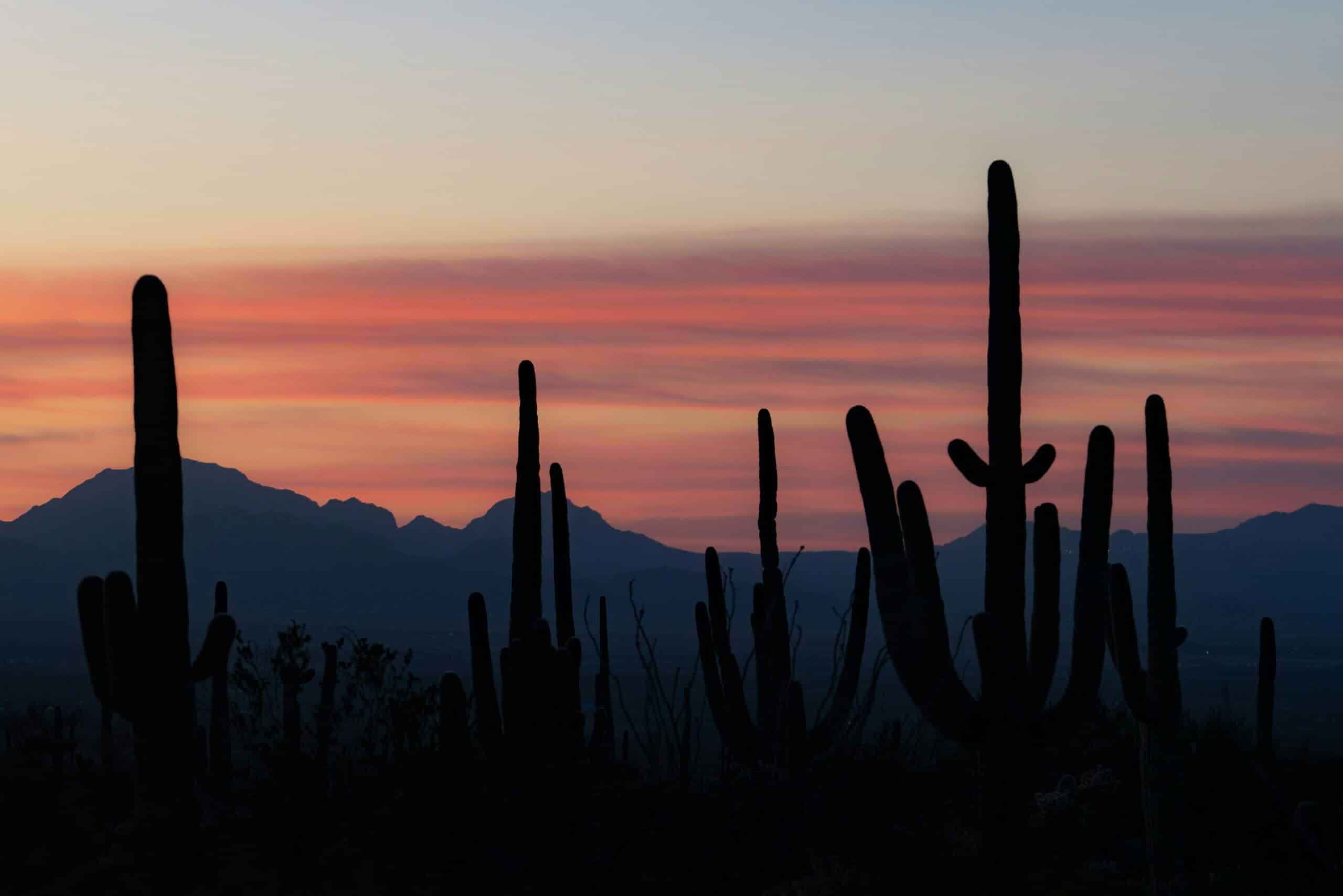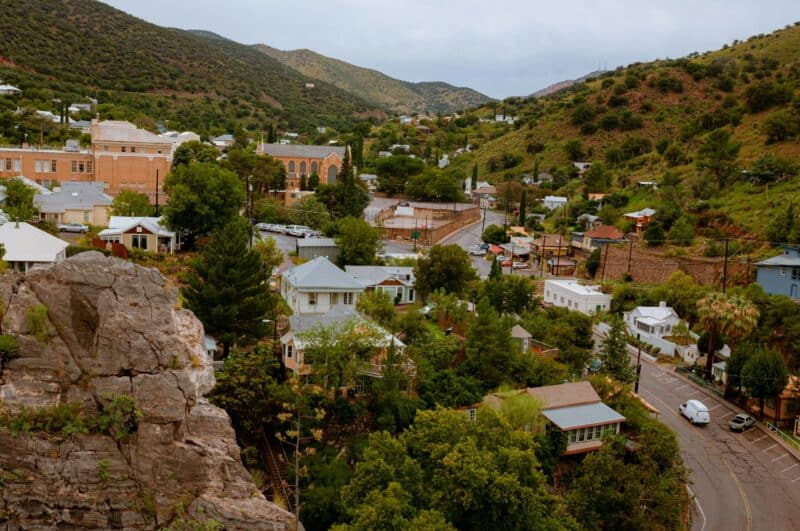Editor’s note:
Throughout this project, we’ve been conducting what we call “community dialogues” to help us understand how people from all walks of life think about how community ought to work together to make decisions about big topics like a nuclear waste storage facility. This blog post outlines some reflections about one of those community dialogues by one of our facilitators and a key part of the project team: Somaly Jaramillo Hurtado
Goal and background of the dialogue
Inclusion and diversity are important goals for our community dialogues and to our overall project. Recognizing Arizona’s large Latino and Spanish-speaking population, we conducted a community dialogue in Spanish in Maryvale, just west of downtown Phoenix. The dialogue took place in July 2024 at the Palo Verde Library and sixteen people joined us to talk about community hopes and concerns, community participation in decision-making, and what a community process for a consent-based siting project looks like. The dialogue was a learning experience for the participants as well as our team.
What we learned from the Community
We attracted participants and broke down barriers to engagement by hosting a Spanish-language event with Spanish-speaking facilitators, holding the meeting at a public library—a familiar, accessible place where the community feels safe and welcome—and providing food and snacks (always a crowd-pleaser!). The strong turnout reflected participants’ deep interest in discussing topics that directly impact their community and decision-making processes.
We were thrilled to see so many people join the dialogue eager to share their perspectives and ideas. Some attendees knew one another and had collaborated on community engagement and leadership efforts for years, bringing shared concerns and hopes for the future of their neighborhoods. This familiarity fostered friendly conversations and created a welcoming environment where everyone felt comfortable expressing their thoughts.
The conversation was rich and productive. Participants emphasized their care for the community and expressed a desire for more facilities like community centers and parks. Environmental concerns were a key focus—they advocated for more green spaces, trees, and cleaner air. They also voiced concerns about the well-being, health, and safety of children and seniors.
When discussing the community engagement process, participants, many of whom are experienced in this area through their work with local organizations, reaffirmed their belief in the power of community participation. They expressed a strong desire to be more involved in project decisions, planning, and implementation. This includes receiving timely information, having their voices genuinely heard and considered, and participating in meaningful community meetings.
What the Community Learned from us
As with past dialogues, we started by introducing the project. We highlighted that this is a project to study community engagement. We also introduced nuclear energy and waste management in the United States and the Department of Energy’s current plans to use a consent-based siting approach to building a waste storage facility. Participants felt grateful to learn this because they are interested in environmental issues and want to be informed. The shared name of the library and the Palo Verde Generating Station—one of the country’s largest nuclear power plants about 50 miles from the library—took some participants by surprise. The group quickly recognized that the issue was a national as well as local challenge, and remarked on the complexity of finding a place for nuclear waste storage. They tied their concerns about this process back to their strong interest in public participation and their environmental communities about their own communities.
The Importance of Including the Latino Community
The Latino community dialogue demonstrated the importance of reach out to the Latino community in the Phoenix area. It is important to connect with community leaders and organizations that care about the issues related to the project’s purpose and get the resources, including place, food, and facilitators, to run the meeting. The Latino community cares about participation and decision-making. They bring different perspectives and angles to the table.


